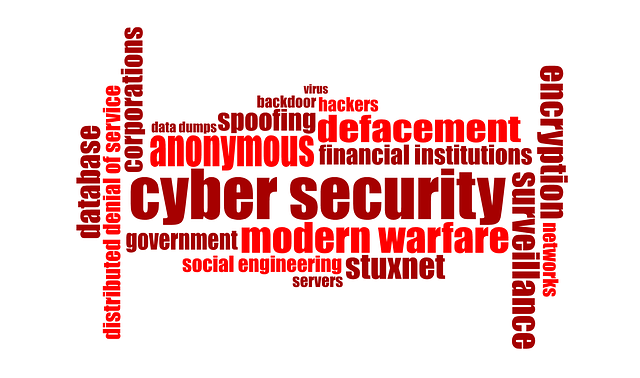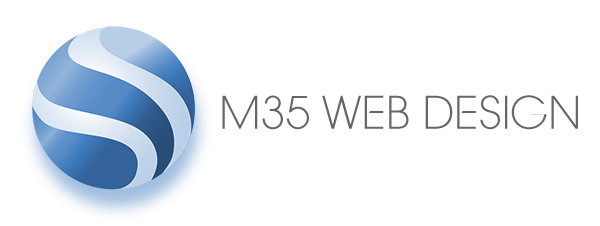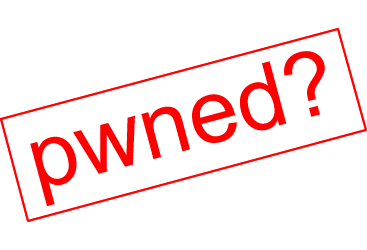
by M35 Web Design Admin | Aug 15, 2017
Ransomware is now targeting WordPress websites, so if you have a site that’s been built with WordPress, this post is for you.
Ransomware encrypts all your website’s files using strong and unbreakable encryption, then the attackers ask you to pay them to decrypt your files. They usually ask for payment by Bitcoin, although paying doesn’t unlock the files anyway.
There are ways to protect your site from being compromised by Ransomware.

by M35 Web Design Admin | Aug 8, 2017
In 2003 Bill Burr compiled a report on choosing a secure password, written when he was a mid level manager at the National Institute of Standards and Technology, in the US. Back then, his advice was to use use a mix of numbers, uppercase letters and non-alphabetic symbols, and change passwords often, such as every 90 days.
According to the Wall Street Journal (7th August 2017) Mr Burr now says that he regrets his advice, because such passwords have proved easier to hack.
The National Institute of Standards and Technology has now set new guidelines.
by M35 Web Design Admin | Apr 10, 2017
Wordfence have just published their March 2017 WordPress Attacks report. This includes the top attacking countries and the most attacked WordPress themes and plugins.
This just proves how important it is to keep your website updated, and with robust security protection in place too.

by M35 Web Design Admin | Feb 7, 2017
The world’s biggest data breaches, leaks and hacks are shown in an interesting, interactive infograph from dataisbeautiful.com.
If you start at 2004, at the bottom of the chart, as you scroll up to 2017 it’s clear to see that data breaches of companies and government organisations is increasing.




